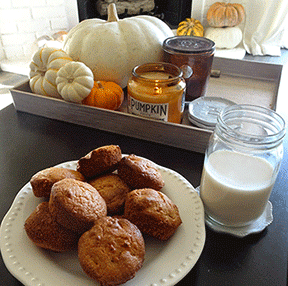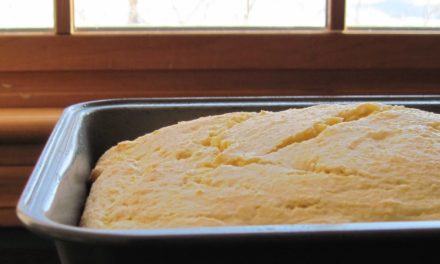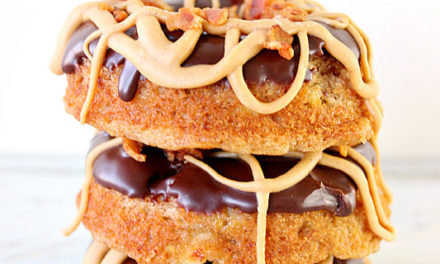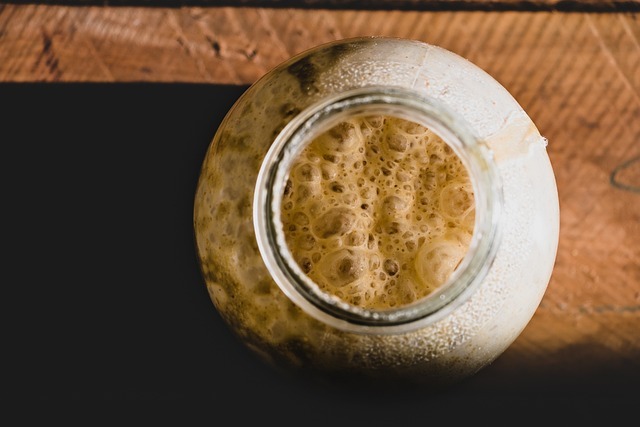
Sourdough! Have you heard of a sourdough starter? Sourdough is made from a mixture of flour and water that has been fermented by wild yeast and lactobacilli bacteria. This mixture is called a sourdough starter and it is the key to making sourdough bread. Today we’re going to cover the basics of sourdough starters, including a recipe, how they work and how to care for them.
A sourdough starter is created by mixing flour and water in a container and letting it sit for a few days. During this time, natural yeast and bacteria present in the flour and air will begin to grow and multiply. This process is called fermentation and it is what gives sourdough its unique tangy flavor. Here is a basic recipe and the printable sourdough recipe card so you’ll always have it.
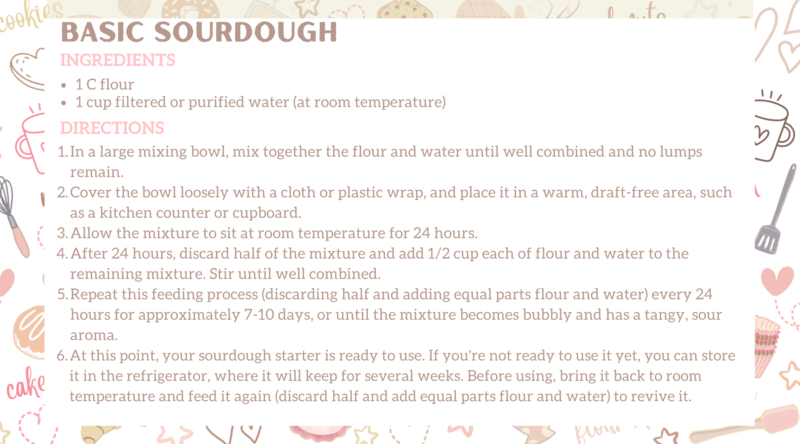
To maintain a sourdough starter, you need to feed it regularly with fresh flour and water. This helps to keep the yeast and bacteria healthy and active. If you don’t use your sourdough starter for a while, it can become dormant and may need to be re-started. When it’s time to make bread, you’ll use a portion of your sourdough starter in your recipe. The remaining starter can then be fed and stored for future use. It’s important to always have some starter on hand so you can make bread, or other sourdough recipes, whenever you want.
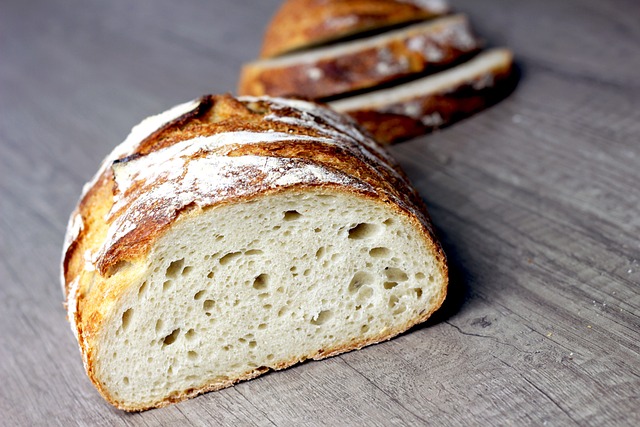
One of the benefits of using a sourdough starter is that it can help to preserve the bread for longer. The acid produced by the yeast and bacteria during fermentation helps to prevent spoilage, extends the shelf life of the bread and there are several health benefits too.
- Better digestion: The fermentation process that takes place in sourdough bread breaks down the gluten and makes it easier to digest for people who are gluten intolerant.
- Probiotics: The yeast and bacteria present in the sourdough starter are probiotics, which can help to promote good gut health.
- Lower glycemic index: The fermentation process in sourdough bread also helps to slow down the release of sugars into the bloodstream, making it a better option for those with blood sugar management concerns.
- Antioxidants: Some studies have shown that sourdough bread may contain higher levels of antioxidants compared to other types of bread.
Once you get your sourdough perfected, be sure to try sourdough bread, sourdough pancakes, sourdough English muffins, sourdough crackers, sourdough pizza dough, sourdough baguettes and even sourdough cinnamon rolls!

